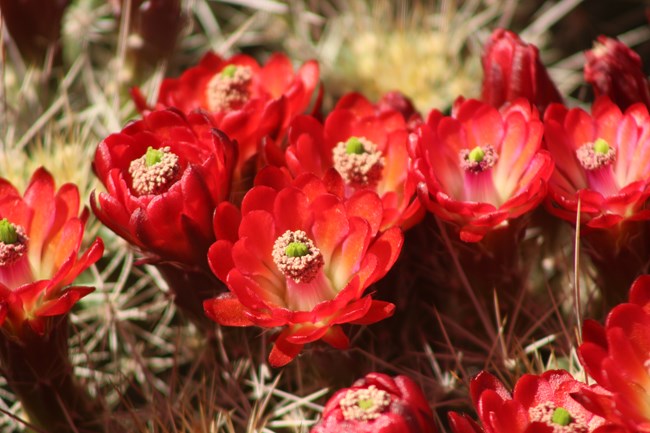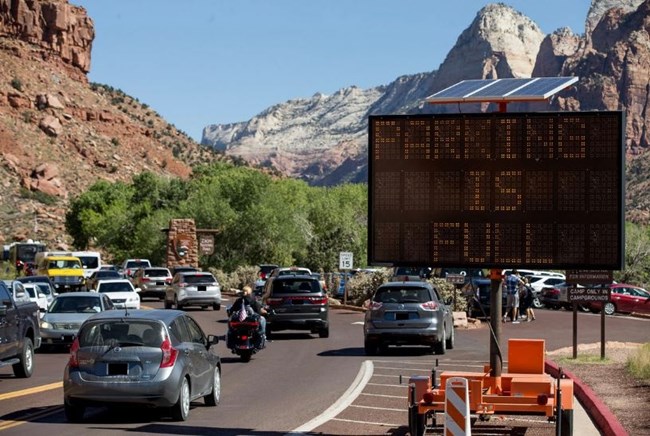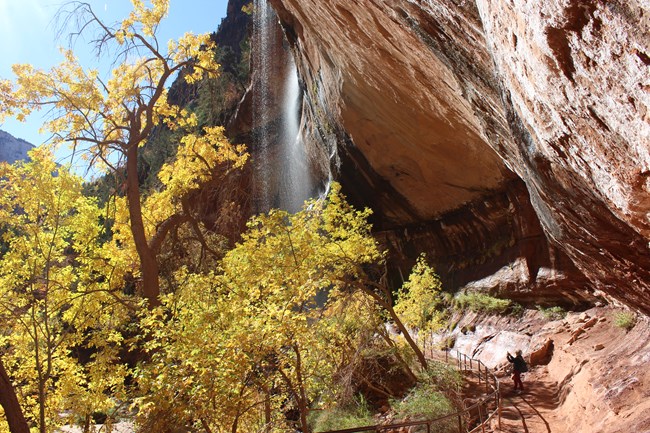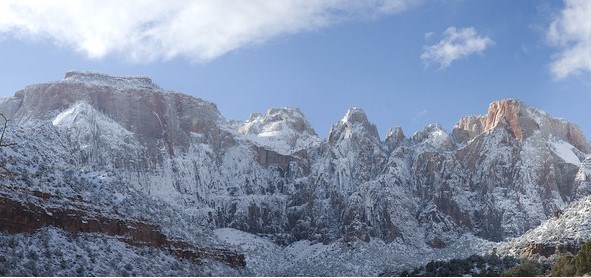|
Are you planning a trip to Zion? Read the information below to get a general idea of what to expect during each season at Zion National Park.

SpringMarch and April - Spring break in canyon country 
SummerMay through September - See lots of the park...and other visitors! Conditions 
FallOctober and November - Same amazing scenery, slightly calmer pace. 
WinterDecember, January, and February - Solitude and snow (sometimes) Planning AheadOne of the best ways to plan ahead is to read the current information guide. If you are planning far in advance of your trip, you can look back at the previous publications to get an idea of what to expect this year. |
Last updated: July 27, 2024
